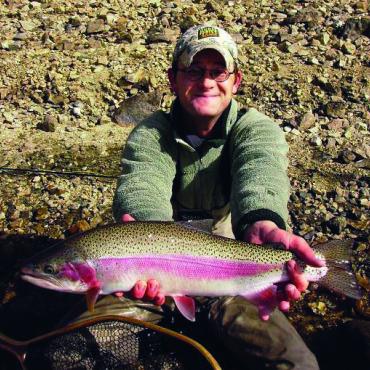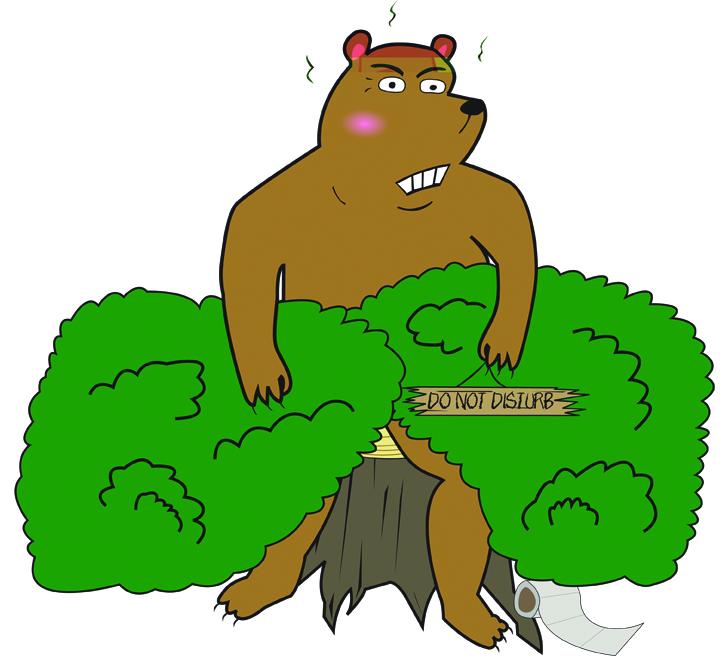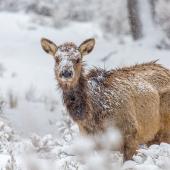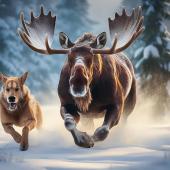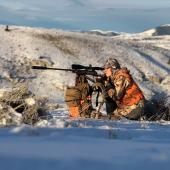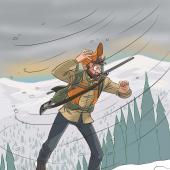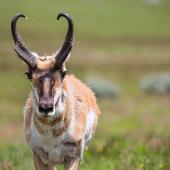Scat Identification
All about nature's dirty business.
One thing I have learned from 20-odd years of pursuing big game in Big Sky country is that it pays to know your shit. I don’t mean gear, backcountry horse skills, field-dressing techniques, or the host of other woodcraft that comes with being a seasoned hunter. I mean shit. Actual feces. Doo doo. Poop.
Call it what you will, but aside from an actual critter in the crosshairs, it’s one of the most reliable means of tracking and hopefully bagging a freezer full of goodness for the impending winter. It might not be as glamorous as finding fresh tracks in new snow or the folded grassy mattress of a recent bedding, but the right dung at the right time can tell you almost everything you need to know in order to plan your next move. So here’s a crap course in poo.
Anatomy of a Dump
Over the course of a typical hunting season, animals’ foraging needs can change, and sometimes drastically. Let’s focus on ungulates here: deer, elk, antelope, etc. These animals process their forage like domestic cattle do, meaning they chew cud, which aids in digestion. In turn, the rougher the forage, the less the nutritional value. For instance, after a hard frost, the sugar structure of most forage plants changes, leaving mostly stems and seed husks. These leftovers are the equivalent of Metamucil on steroids, and consequently will often result in runny or “soft” stool while the digestive system adjusts to the rougher diet. For example, moose undergo an explosive period of the “Tijuana twirlers” as they adjust from eating soft aquatic vegetation to willows and dried grasses.
So if you can find places with better forage and you can find the game trails with healthy turds, it will be easy to find the game. It may seem a bit nasty at first, but when you’re on a good track, grab a morsel or two and squeeze. If the bits are soft and moist, the track is relativity fresh; if the bits are also warm, the track is very fresh and you may be near the best places for good nutrition. Look for seed, stems, or anything else resembling the standing plants that match the scat and then set up for a shot. Most big game animals will not leave good grazing areas unless forced to.
Know Your Shit
Spending all day on a mulie trail when you’re after elk can be embarrassing—and often a waste of a day. That’s why it’s always helpful to know what kind of trail you’re following.
Elk and mule deer often share the same habitat. But deer scat is much smaller than elk scat, and deer tend to seek out better forage sooner in the season than elk do. Think of deer scat, both mulie and whitetail, as chocolate Goobers from the movie theater. Elk doo is more like malted milk Whoppers. Moose droppings, while typically a bit larger and more oval-shaped, are often the same size and shape as elk droppings, but moose scat usually has a slight dish on one end and a taper on the other.
To impress your buddies with your tracking abilities and scatological knowledge, bring along some of the above-mentioned candies, covertly sprinkle one or two among the scat, then pop one in your mouth and estimate the size, weight, and antler dimensions of the critter you are after. This will keep them guessing for months. Just make sure you know the difference—otherwise you don’t know shit. Happy hunting.


